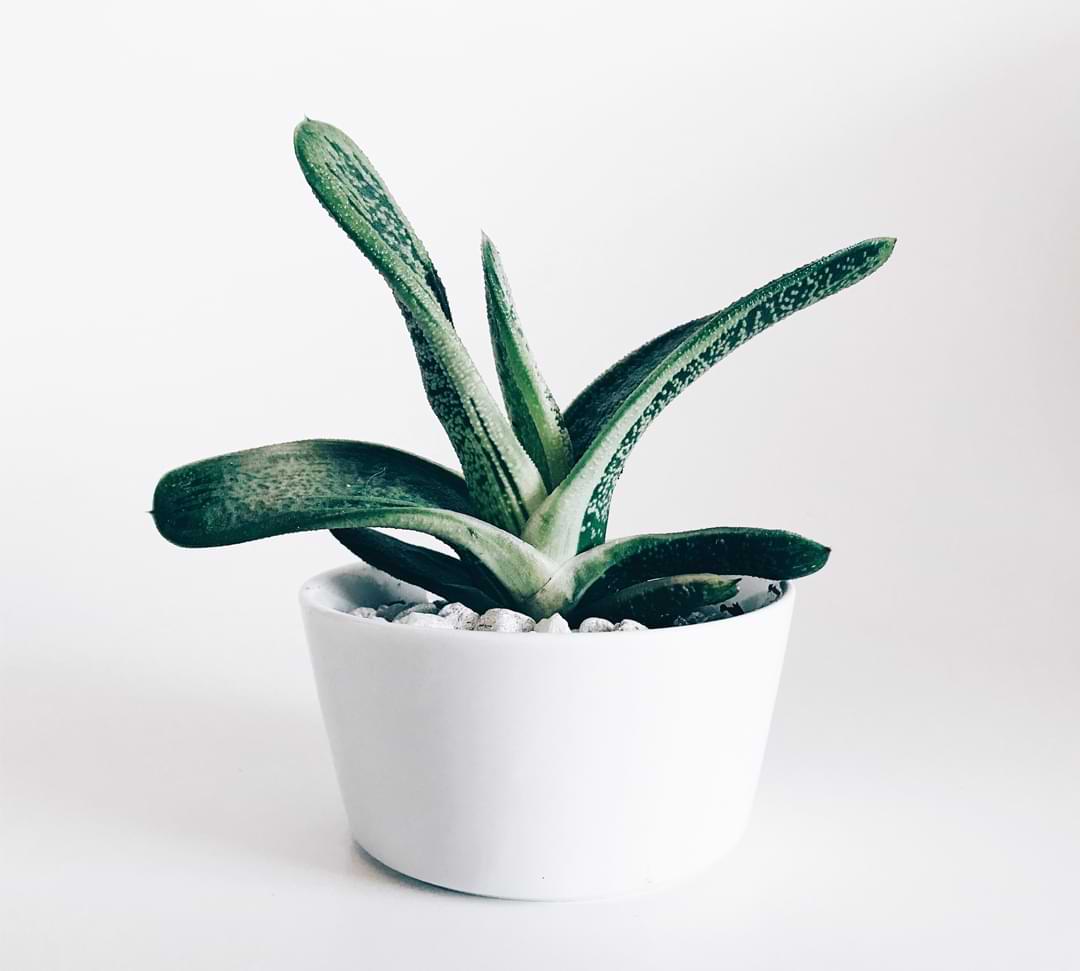Is your houseplant unhappy? It might be getting too much fertilizer! Here’s how to recognize and reverse over-fertilization in houseplants.
Fertilizer is an important part of your plant care routine, but you can have too much of a good thing!
Plants need nutrients to be healthy, but it’s essential to provide the right amounts of those nutrients, not too much or too little. Just like us, plants’ health can suffer if they experience an overload or deficiency of any nutrient. You may notice spotting or yellowing leaves, stunted growth, or roots damaged by chemical burns from extra soluble salts!
And unlike plants in the wild, a houseplant doesn’t receive natural rainfall to dissolve those extra nutrients.
Here’s how to tell if you’re over-fertilizing your houseplants, what to do about it, and how to make sure it doesn’t happen again in the future!
How to recognize over-fertilization in houseplants
If you notice a white crust forming on the surface of your soil, that may be a sign that minerals are building up instead of being absorbed by the plant. This is the most common sign of over-fertilization, so watch out for it!
Yellowing and wilting of the lower leaves, browning leaf tips, and browned or blackened roots can also indicate that your plant is suffering from an excess of nutrients.
Read more about signs of over-fertilization.
How to reverse over-fertilization in houseplants
So, you’ve determined that you’re over-fertilizing your houseplants. Now what do you do about it?
First, use a spoon to scoop off any mineral crust off the surface of the soil. Be careful not to remove more than a ¼ inch of soil to prevent stressing the plant. Remove any severely damaged leaves.
The best way to solve the problem of over-fertilization is to leach excess nutrients from the soil by using watering to slowly flush out the pot. (Your pot will need drainage holes for this.)
To leach the soil, put your plant in a sink, tub, or outside where it can drain and give it a nice, long watering. Let the water run out the drainage holes freely. You may need to do this three or four times to ensure all the excess fertilizer has been flushed out.
Give your plant plenty of time to drain and don’t fertilize for at least a month so your plant has a chance to recover.
But what if your pot doesn’t have drainage?
If your pot doesn’t have drainage holes, you’ll need to repot your plant to remove excess fertilizer from the roots.
To do this, gently remove your plant from the pot and remove as much of the soil from the roots as possible. Careful not to break the roots! Run the roots under lukewarm water to rinse off any remaining soil.
Then, replace your plant in a clean pot with fresh soil. You can clean the old pot and reuse it if your plant was doing well there, but we do recommend switching to a pot with drainage!
How can you prevent over-fertilization?
As always, prevention is the best tactic! Here are a few tips to ensure that your plant gets the right amount of fertilizer so you can nourish your plant and sidestep the harmful side effects of nutrient imbalance.
Check your drainage
Drainage is incredibly important for the health of your houseplants! Poor drainage can cause over-watering, root rot, encourage fungal growth, and promote over-fertilizing, so it’s essential that your pot and soil drain well.
Leach your pot regularly
Even appropriate amounts of fertilizer can leave a buildup of salts, so it’s helpful to leach your pot every 4-6 months to flush extra fertilizer from the soil.
Use a liquid fertilizer
Slow-release fertilizers come in pellet or granule form. You can mix them with the soil and they slowly release nutrients over time. The idea is that you have to fertilize less often, but the downside is that you can’t control how many nutrients your plant is actually getting.
And if you aren’t watering enough to balance the fertilizer (i.e. flush it from the soil), you risk over-fertilizing your plant.
We recommend using a liquid fertilizer that you can dilute and add with your regular watering. You do have to use these more often though, and remembering a fertilizing schedule can get tricky!
We recommend Indoor Plant Food because it’s gentle enough that you can use it every time you water, so there’s no need to remember a schedule! It’s also perfectly balanced, so it works together with your watering routine to prevent nutrients buildup in your soil.




